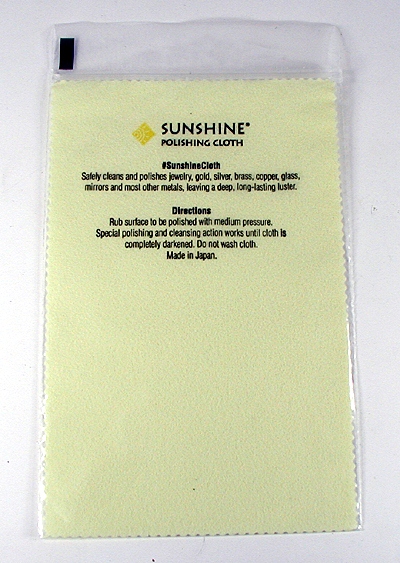When this Carlene Leekity eagle inlay necklace came into the store in an estate lot, I didn’t even notice there was a piece of inlay missing because the backing material was black just like the shell inlay.
Henry and Diane to the rescue !
I’ve been working with Diane Radeke and Henry Yazzie for at least 6 years. Their team has done repairs on many vintage items that have arrived as part of estate lots but needed TLC before we could offer them in our Vintage Shop. Diane is the point person but I think of her more as a shepherdess who guides the project masterfully from start to finish. She determines what needs to be done, what the customer wants, and then confers with her partner, Henry Yazzie, to determine what supplies are needed and what the cost will be. Henry creates wonderful custom jewelry and also does careful, creative, excellent repairs. You can read about other projects we have worked on over the years by simply searching “Repairs” in the search box on this blog.
Henry graciously supplied us with some photos and explained the steps he follows to repair missing inlaid shell or stone pieces in jewelry:
He first examines the missing stone area. There may be material in the opening that raised the stone or shell to the correct height. This material may be clear epoxy, which turns brown or yellow over time, Dev-con, which is generally gray, or JB Weld, which is often black. The base material can stay in place if it is still tight and in good shape. Otherwise it will need to be removed and replaced.
Henry then selects a stone or shell that will be the correct height and size for the opening. The pen shell for this repair (see photos below) was procured for me by a good friend D. Robert Smith who is an excellent lapidarist at his Dancing Raven Stoneworks LLC.

Some shells and stones cannot be ground down from the face side, so careful sizing is important. Henry cuts a piece of replacement material that is a bit larger than the opening.

Henry then moves to the grinder, which is typical lapidary equipment that uses a water drip feed to keep the stone cool and reduce dust,. There he shapes the first edge of the replacement piece.
.

He then checks the fit to the missing inlay opening. Working back and forth, he continues to grind bit by bit until the replacement piece is a perfect fit for the opening (see the slide show below).
With Zuni inlay, there is no bezel adjustment as found in traditional Navajo jewelry. The piece must fit perfectly. If it does, it will maintain its fit for many years.
Henry reminds us ! “As with any bezel set jewelry, it is important to not let inlaid jewelry stay wet for any length of time – this could allow backing materials to swell and/or pop the inlay. And it is particularly important to not bend the jewelry, as that would change the size of the opening and cause stone loss.”
and I add “That’s why we always caution our customers to not try and resize an inlay bracelet! If you do, when bending, the stones could go pop, pop, pop !”

For this eagle necklace, Henry also matched the feather etching on the wings using a Dremel tool. A final polish removes any rough spots or bits of glue.
What a wonderful repair job !











































